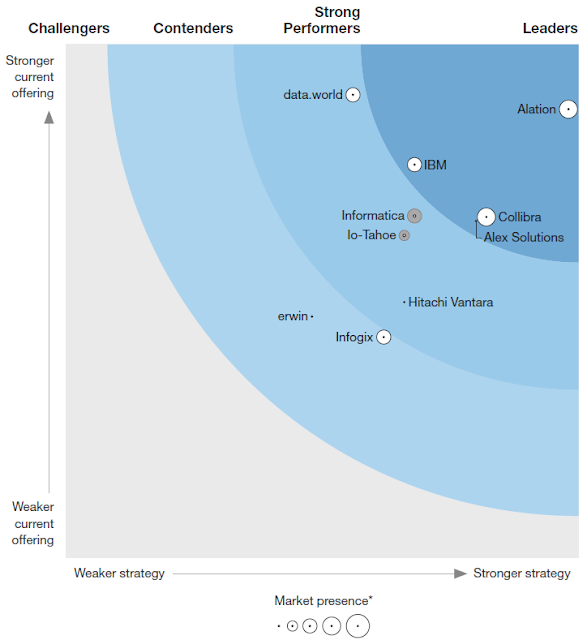Gartner - Information as a Second Language: Enabling Data Literacy for Digital Society

Digital society expects its citizens to “speak data.” Unless data and analytics leaders treat information as the new second language of business, government and communities, they will not be able to deliver the competitive advantage and agility demanded by their enterprises. Key Challenges ■ Poor data literacy is the second highest inhibitor to progress, as reported by respondents to Gartner’s third annual Chief Data Oficer Survey, behind culture change and just ahead of lack of t alent and skills. ■ An information language barrier exists across business units and IT functions, rooted in ineffective communication across a wide range of diverse stakeholders. As a result, data and analytics leaders struggle to get their message across and information assets go underutilized. ■ Although academic and professional programs are beginning to address the disparity in talent and skills, in many cases they reinforce the information language barrier with narrow content...


